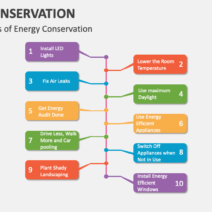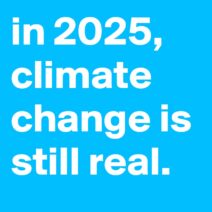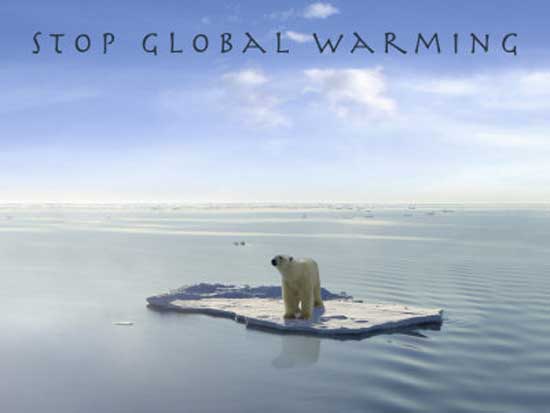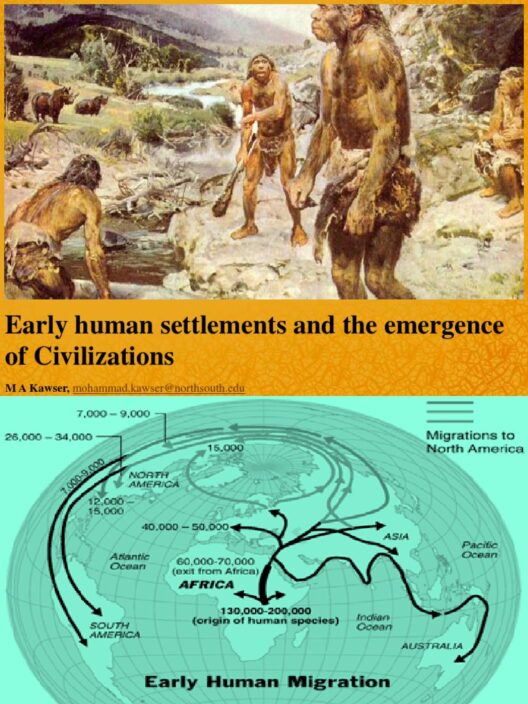Global warming poses an unprecedented threat to our planet and its inhabitants. It is imperative that we understand the gravity of the situation and explore effective methodologies to halt or control this phenomenon. The following discourse unravels a multifaceted approach to curtail global warming, integrating technological innovations, policy initiatives, and individual actions.
Understanding Global Warming
At its core, global warming refers to the long-term increase in Earth’s average surface temperature, primarily due to greenhouse gas emissions from fossil fuel combustion, deforestation, and industrial processes. This phenomenon leads to various catastrophic consequences, including more severe weather events, rising sea levels, and disruptions in ecosystems. The significance of addressing global warming cannot be overstated; it is not merely an environmental challenge but a complex conundrum that intertwines economics, health, and social justice.
Technological Innovations in Energy Production
One of the most potent avenues for combating global warming lies in the development and implementation of renewable energy sources. Wind, solar, and hydroelectric power present sustainable alternatives to fossil fuels. For instance, solar panels, harnessing the sun’s energy, reduce reliance on coal and natural gas while transforming rooftops into mini-powerhouses.
Moreover, advancements in battery storage technology complement renewable energy. By enabling efficient storage of energy generated during peak sunlight or windy conditions, we can ensure a consistent power supply, thereby enhancing the viability of renewables. Transitioning towards a decentralized energy production system is paramount, allowing communities to invest in localized energy solutions that reduce transmission losses and bolster resilience against climate-related disasters.
Transportation: A Critical Sector
The transportation sector is a significant contributor to greenhouse gas emissions. Therefore, transitioning to electric vehicles (EVs) is a critical strategy. EVs emit no tailpipe pollutants, and when charged with renewable energy, they offer a path to drastically reduce carbon footprints. However, the shift to electric mobility requires substantial investment in charging infrastructure and consumer education to facilitate a smoother transition.
Public transport systems must also be reimagined. Investments in efficient and reliable public transportation can reduce individual car dependency. From high-speed rail systems to eco-friendly buses, enhancing public transport accessibility can significantly reduce urban congestion and emissions. Cycling and walking infrastructure should not be neglected either, as they promote not only a reduction in carbon emissions but also healthier lifestyles.
Energy Efficiency and Conservation
Another efficacious strategy lies in energy efficiency and conservation initiatives. Buildings, both residential and commercial, significantly exacerbate energy consumption. Implementing stringent building codes, incentivizing energy-efficient appliances, and retrofitting older buildings can lead to substantial reductions in energy usage. Simple practices, such as using LED lighting, sealing leaks, and promoting thermostatic controls, can collectively diminish energy demand.
In addition, fostering a culture of conservation within households and businesses is vital. Public awareness campaigns can illuminate the benefits of reducing energy consumption, from financial savings to environmental impact. Behavior changes, although seemingly small, can catalyze significant shifts in energy consumption patterns.
Regulatory and Policy Measures
Legislative measures play a critical role in combating global warming. Governments must enforce stringent regulations on emissions, incentivize renewable energy investments, and create policies that promote sustainable agriculture practices. By implementing carbon pricing, countries can hold corporations accountable for their emissions while encouraging them to innovate and reduce their carbon footprint.
International cooperation is also crucial. Global accords like the Paris Agreement exemplify how nations can collectively commit to mitigating climate change. By setting ambitious, yet achievable, goals for reducing greenhouse gas emissions, countries can create a unified front against global warming. Multinational corporations and businesses can further these efforts by embracing corporate social responsibility initiatives that prioritize sustainability in their operations.
Sustainable Agriculture and Land Use
Land use and agricultural practices significantly influence carbon emissions. Sustainable farming techniques, such as agroforestry and regenerative agriculture, can sequester carbon while promoting biodiversity. By adopting organic farming practices and reducing synthetic fertilizers, farmers can minimize harmful emissions that contribute to atmospheric warming.
Preserving and restoring forests is paramount. Deforestation not only releases carbon dioxide but also drastically reduces the planet’s capacity to absorb CO2. Reforestation and afforestation projects can restore ecosystems while serving as carbon sinks, thus mitigating climate change effects.
Community Engagement and Individual Actions
While systemic changes are vital, individual actions should also not be overlooked. Community engagement plays a pivotal role in addressing global warming. Grassroots movements have a profound impact, educating residents about individual contributions to climate change and motivating collective action. Sustainable choices, such as reducing meat consumption, buying local, and supporting eco-friendly brands, empower individuals to make a difference.
Furthermore, fostering a mindset of sustainability in younger generations ensures that climate consciousness becomes an integral part of societal values. Integrating environmental education into school curricula can instill a sense of responsibility and stewardship for the planet.
Conclusion
To effectively combat global warming, a comprehensive approach weaving together technological, legislative, and individual efforts is essential. The intersectionality of these strategies forms a robust framework for tackling climate change. Each component must be intricately linked and implemented with urgency and determination. As stewards of the Earth, we bear the responsibility to protect and preserve it for future generations. We possess the knowledge, tools, and capacity to effect transformative changes. Now is the time to act; the future of our planet depends on it.






